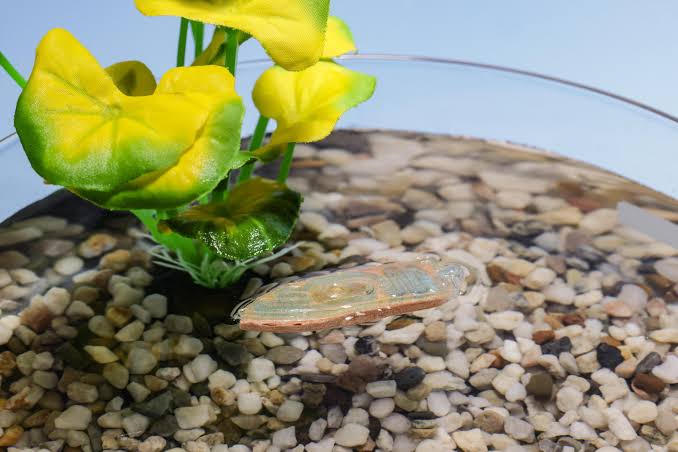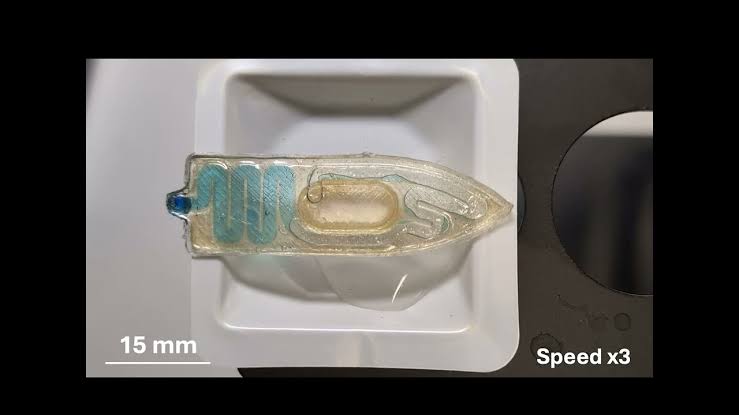Edible Aquatic Robots: The Future of Environmental Monitoring
A groundbreaking innovation has emerged from EPFL scientists in Switzerland: edible aquatic robots designed to collect vital environmental data. These robots combine biodegradable fuel and surface tension to move across water, offering an eco-friendly alternative to traditional environmental sensors made of plastic and electronics.
These robots are set to be deployed in large numbers across aquatic environments. Each device will be equipped with biodegradable sensors capable of measuring key environmental parameters like water pH, temperature, pollutants, and microorganisms. The collected data can then be read remotely or after the robots are retrieved from the water.

The development of edible robots represents the latest leap in the growing field of edible robotics and robotic feeding. Previous research by the EPFL’s Intelligent Systems Laboratory has already explored edible soft actuators for manipulating food and pet food, as well as edible conductive inks for monitoring crop growth.
Why Edible Robots?
The team led by Shuhang Zhang, a doctoral student at EPFL, points out the limitations of traditional robots made with plastics and electronics when deployed in sensitive ecosystems. These materials can harm the environment, especially when large numbers of robots are involved. The edible aquatic robots aim to solve this problem by using fully biodegradable components, making them a sustainable solution.
How Do They Work?
The robots are propelled using a unique principle called the Marangoni effect, which involves surface tension. Inside the robot’s tiny chamber, a chemical reaction between citric acid and baking soda produces carbon dioxide, which drives the robot forward by expelling the fuel. The fuel, propylene glycol, is a safe liquid found in skin care products. The ejected fuel creates a sudden decrease in surface tension, propelling the robot across the water’s surface for several minutes.

A Sustainable Design:
The boat-shaped robot measures around 5 cm in length. To make it stronger and more rigid, the researchers used fish food with higher protein and lower fat content than commercially available pellets. This means that, after completing its task, the robot can become food for aquatic life, creating a circular, eco-friendly life cycle.
The robot’s directional movement is controlled by adjusting the fuel channel’s design. There are left-turn and right-turn variants, allowing the robots to move in pseudo-random patterns across the water. This movement mimics that of aquatic insects, making them ideal for delivering nutrients or medicine to fish. The team also speculates that these robots could aid in cognitive development in captive fish, though further research is needed.
The Future of Edible Robotics:
The researchers at EPFL are pioneering a future where robotics and sustainability go hand in hand. By replacing e-waste with biodegradable materials, they are exploring a new realm of possibilities. With support from the EU-funded RoboFood consortium, they are not only innovating for environmental health but also expanding the potential applications of edible materials for human and animal well-being.
In conclusion, the edible aquatic robot is an exciting development in the world of robotics and sustainability. It opens up a new path for environmental monitoring and animal care, with the potential to revolutionize how we interact with our ecosystems.
This breakthrough is not just a win for science but also for the planet, as it represents a key step towards more sustainable and eco-friendly technologies. Imagine a world where robots help save the environment, all while being part of the food chain!